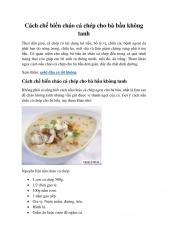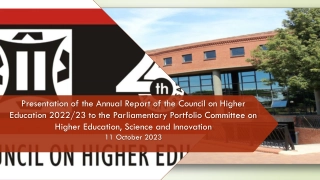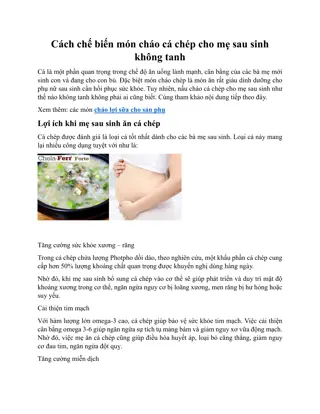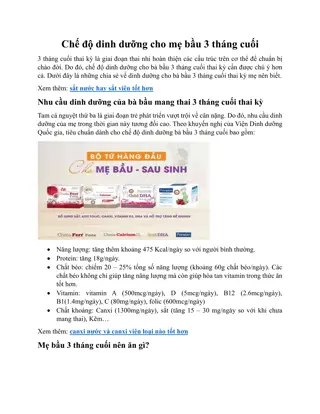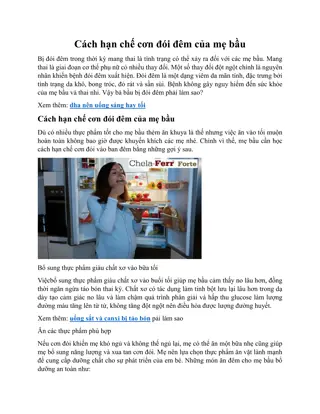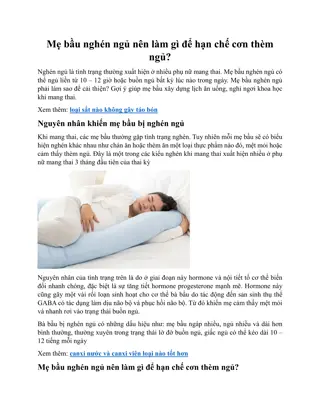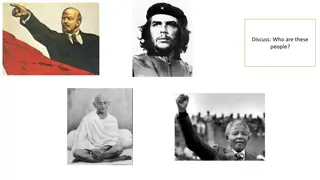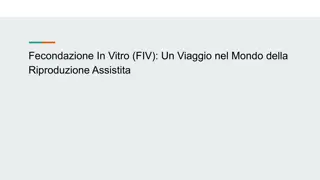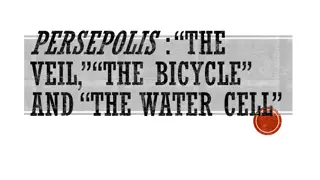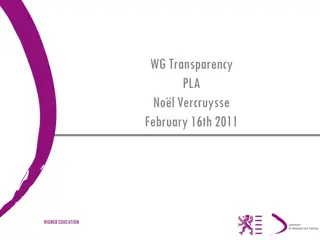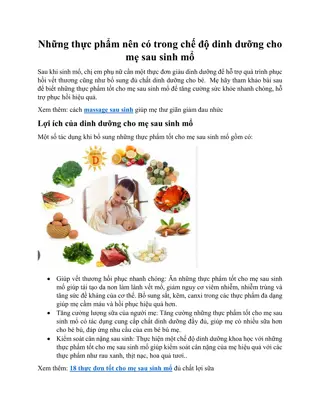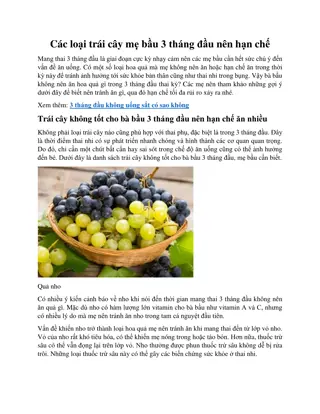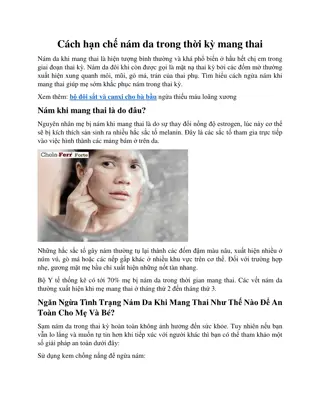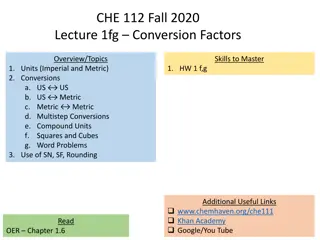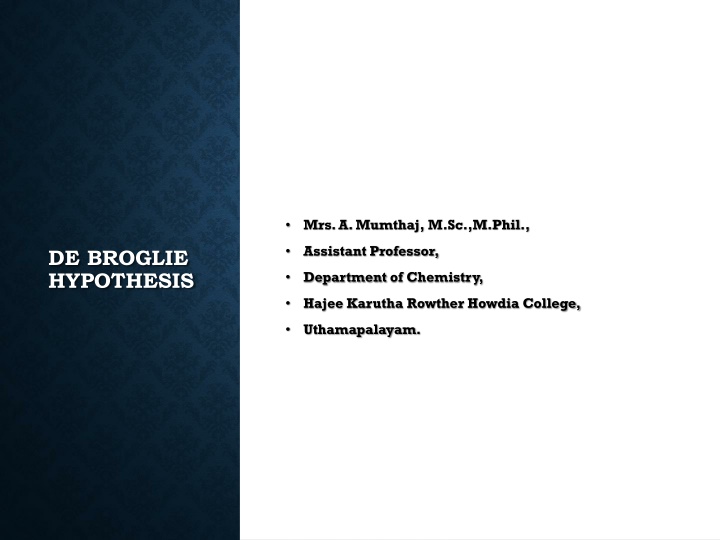
Insights into De Broglie Hypothesis and Matter Waves
Explore the De Broglie Hypothesis in quantum mechanics, where matter exhibits dual nature as both particles and waves. Discover the principles behind matter waves, quantum theory, and the relationship between energy and momentum.
Download Presentation

Please find below an Image/Link to download the presentation.
The content on the website is provided AS IS for your information and personal use only. It may not be sold, licensed, or shared on other websites without obtaining consent from the author. If you encounter any issues during the download, it is possible that the publisher has removed the file from their server.
You are allowed to download the files provided on this website for personal or commercial use, subject to the condition that they are used lawfully. All files are the property of their respective owners.
The content on the website is provided AS IS for your information and personal use only. It may not be sold, licensed, or shared on other websites without obtaining consent from the author.
E N D
Presentation Transcript
Mrs. A. Mumthaj, M.Sc.,M.Phil., Assistant Professor, DE BROGLIE HYPOTHESIS Department of Chemistry, Hajee Karutha Rowther Howdia College, Uthamapalayam.
Classical mechanics or Newtonian mechanics Motion of Macroscopic particles Quantum Mechanics Motion of Microscopic particles (MaxPlanck) Quantum - very small Quantum Theory explains the behaviours of microscopic particles when it is in motion. De Broglie Hypothesis: Matter Dual Nature i) Particle ii) Wave
1. According to De Broglie, the Universe is made up of two things : Matter & Radiation (Energy) 2. Radiation has dual nature since matter also having dual nature. 3. Matter is nothing but materialistic particles (e-, proton, neutron, photon etc.,) 4. According to De Broglie if any particle such as e-, proton, neutron, photon etc., is moving like a wave, then the wave is called as De Broglie wave or matter wave or pilot wave.
Max Planck, Energy of photon E = h = h.c/ Einstein, (mass-energy) E = mc2 mc2 = hc/ = h/mc = h/p m = mass of the photon c = velocity of the photon p = momentum of the photon
The above eqn is applying to the materialistic particles such as electron, proton etc., The eqn will become = h/mv = h/p wavelength of matter waves in terms of momentum m = mass of the particular particle v = velocity of the particular particle Generalized form : = h/p Here, the particle is in motion, the energy is given as E = K.E = 1/2 mv2 2E = mv2 2mE = m2v2 = (mv)2 2mE = p2 p = 2mE = h/p =h/ 2mE wavelength of matter waves in terms of energy
Let us assume charge q is moving by the application of voltage V Electric field or energy , E = qV q will be the charge of proton, electron etc., =h/ 2mqV wavelength associated with charge if it is moving like a wave
Lets the charge be electron, = h/ 2me.e.V = 12.26 / V A0 V = 100 V, = 12.26 / 100 = 12.26 / 100 = 1.226 A0
Properties of matter waves: 1. = h/mv v = 0 , = 2.Ifthe particle is Charged or Uncharged - Have matter waves . Ifthe particle is Charged Have electromagnetic waves Since matter waves are not electromagnetic waves. Matter waves velocity changes Electromagnetic waves velocity constant 3. V matter waves v light
References : 1. A.K. Chandra, Introductory Quantum Chemistry, Tata McGraw Hill Publishing Co., New Delhi,1988. 2. D. A. Mc Quarrie, Quantum Chemistry, 1st Indian editon, Viva Books Pvt Ltd, New Delhi, 2003.

